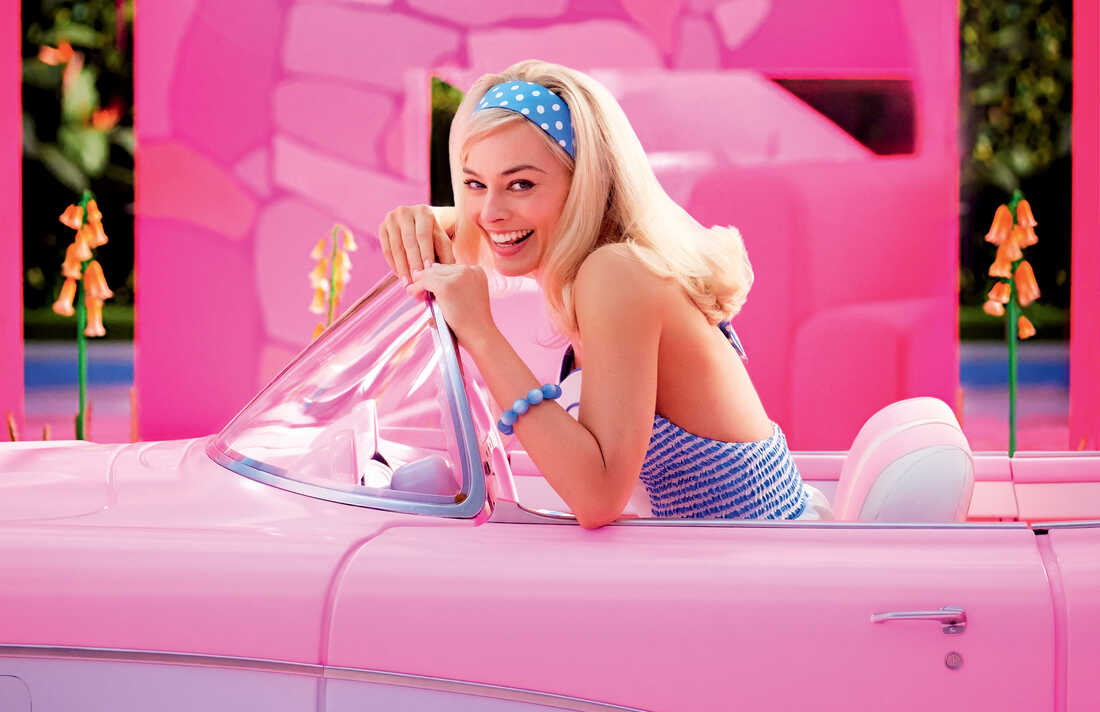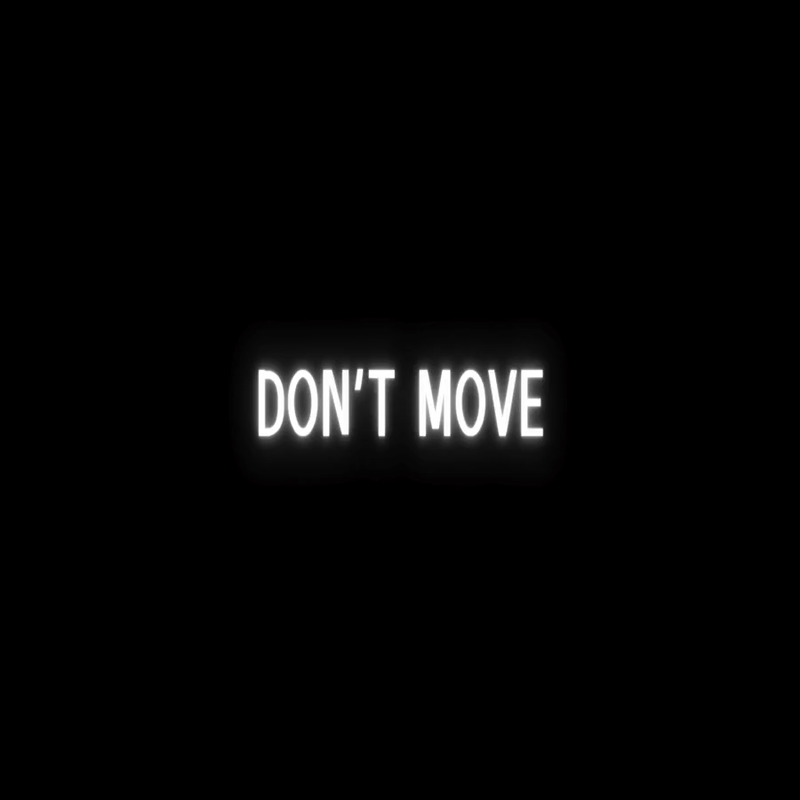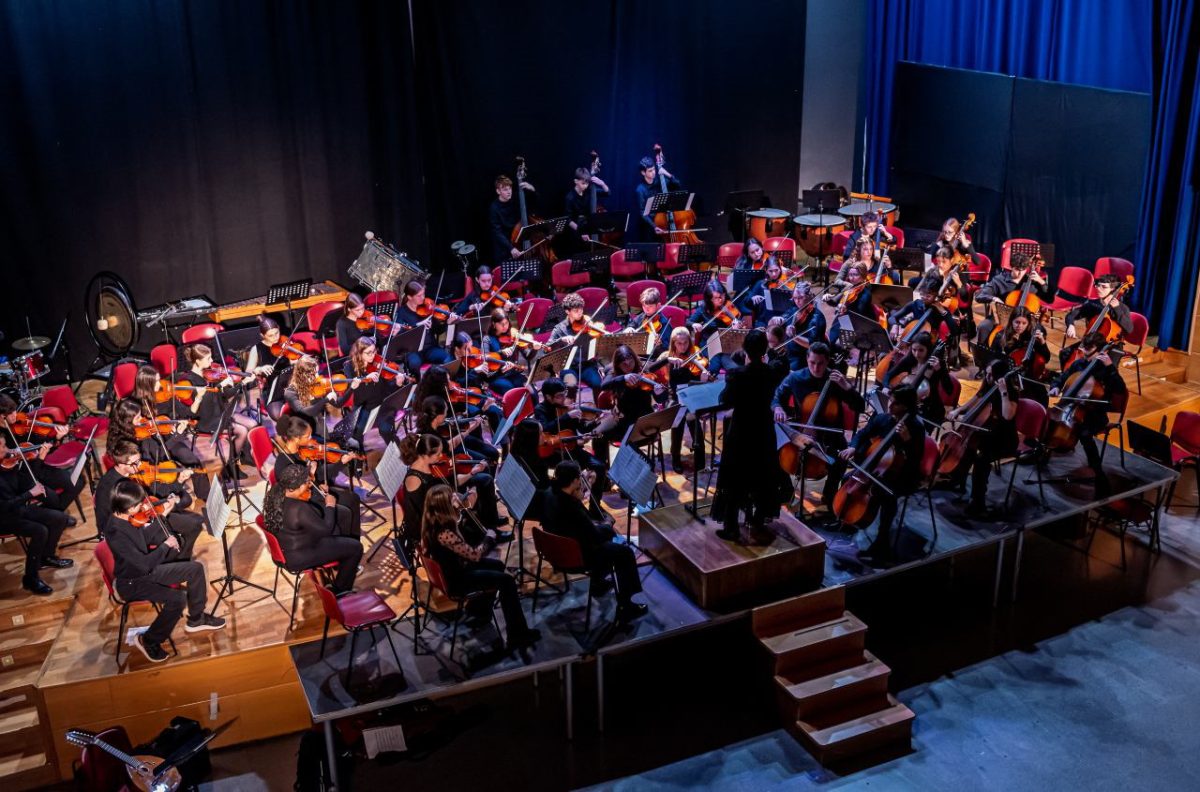How is it that the current culture surrounding feminism can be perfectly summarized by two oxymoronic events: the rise of the TradWife and the release of the Barbie movie? The TradWife, derived from the term “traditional wife,” a woman whose life is built around homemaking, family roles, and a reversion to some concept of “the good old days” when women were not expected to have a life outside the home. The Barbie movie directed by Greta Gerwig, gave Barbie a choice: live in delusion or choose the practical option of Birkenstocks, perfect for the modern working girl. Both represent a larger trend of disillusionment from women who felt alienated by fourth-wave feminism, and those who, like men, experience the declining luster of working America.
Since 2010 GDP has increased $3.96 trillion, while minimum wage has virtually flatlined, since 2010, with many states refusing to raise minimum wage. According to the Bureau of Labor Statistics, both men and women saw a sharp decrease in earnings since 2020, seeing roughly a seven percent decrease. Along with personal savings being at all time low since the 1960s according to The New York Times. According to the Pew Research Center, share in aggregate household income of the U.S. has sharply increased for upper income earners since 1970, while middle income earners’ share has sharply decreased. In the same study it is mentioned that since 1980, the ratio of income of the top earners to that of the bottom earners has increased by 38 percent, meaning that on average those at the top 10 percent of earners make about 12.6 times that of the bottom 10 percent of earners.
Overall the situation of work in America is rougher than it should be; now imagine you are a woman who makes 83 cents for every dollar a man earns. A study done by the Pew Research study measuring how Americans view their jobs after the great resignation revealed out of several measures including their relationship with coworkers, and their view of their job overall, employees were least satisfied with opportunities for promotions at work. Only 33 percent felt they had a opportunity for promotion, while 67 percent felt they had a good relationship with their coworkers. If it seems the corporate ladder is impossible to climb, then why not step down?
This is where the “tradwife” comes in. Admittedly, after a long day of work it can be easy to long for a separate timeline when women didn’t have to be breadwinners; to envision a life of twirling around an empty house in a floral dress, the scent of fresh linen in the air, being fully immersed with the tasks of keeping house. “Tradwives” are a complete reversion from when homemakers felt alienated from the #girlboss era feminism; understandably it can be refreshing to be validated by popular media, to be glamourized to the extent girl-bosses were. However just as the girlboss aesthetic discounts the back-breaking, mind-bending work of making it to the top of the corporate ladder, “tradwives’ ‘ discount the undervalued and cyclically maddening work of the housewife.
But simply our support and attention comes from the basic concepts of the Halo Effect. We see beautiful housewives, and we associate that with goodness, fulfillment, and the ease of staying at home. We see a woman CEO bedazzled on top of a high rise and associate her with success, confidence, and lavishness. Like the scene previously referenced we have the Birkenstock-heel dilemma; but the solution to the dilemma is seen in the last scene Margot Robbie appears in: wearing a pink Birkenstock that compliments her new casual-chic aesthetic.
Every new aesthetic or trend is just that: it’s a curated lifestyle, not one size-fits-all. Both girlbosses and tradwives are effigies that are responses to change in the economy and change in culture. Just as every four years, political views tend to oscillate between conservative and liberal, it isn’t surprising that feminism would do the same thing. But like most trends, what works is carried over to the next generation: such as a fundamental belief in equality, and whether you lean more tradwife or girlboss you support the right for women to have options, from CEO of a Fortune 500 company or homemaker and wife. In a greater sense the aestheticization of tradwives and girl bosses truly does speak to the power of the human mind and its ability to cope with the harsh realities of patriarchy and hustle culture by romanticizing it to the point of associating specific songs and outfits to go with your chosen societal prison.















